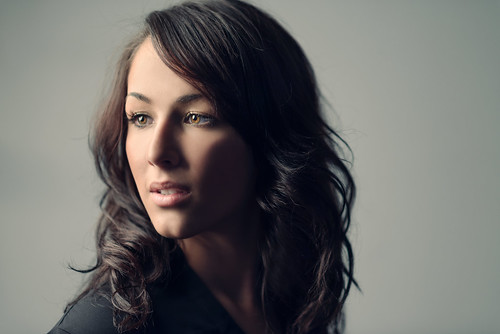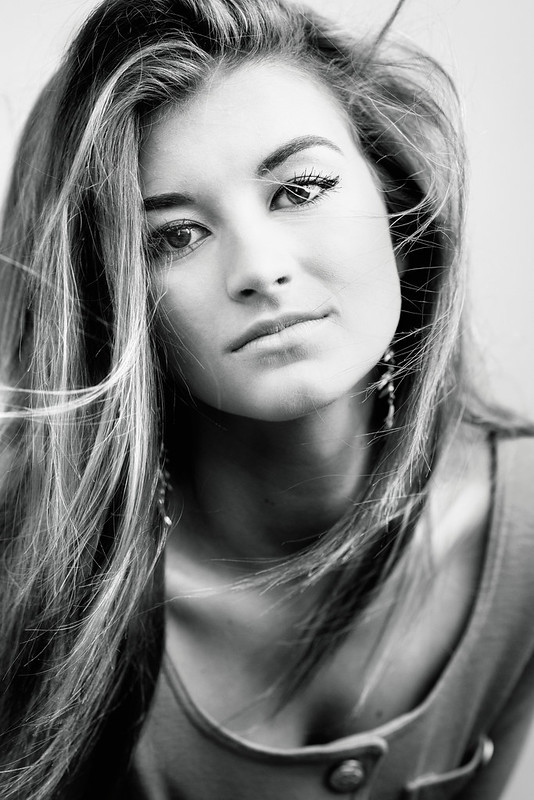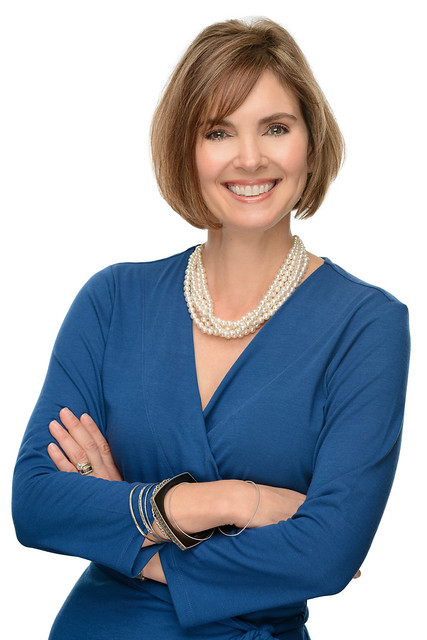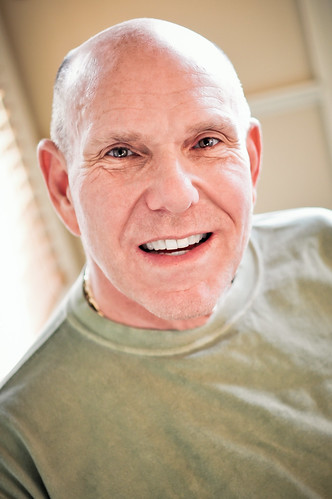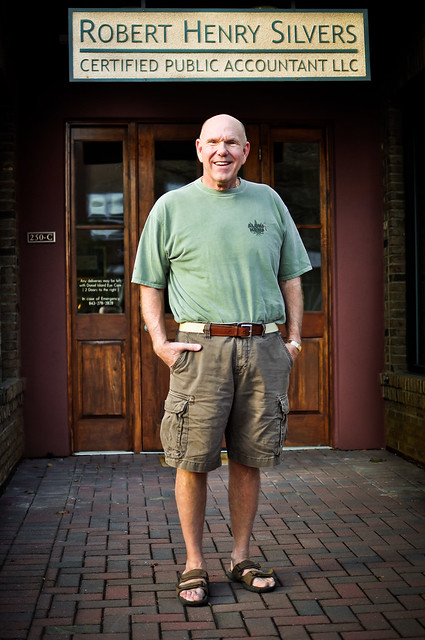Transitions
Wow – The last you heard from me on the blog I was selling off a bunch of gear, and then… Nothing.
If I wasn’t me and I saw that happen to another professional, I’d think that they gave up and closed shop.
2014 was my best year in the photography business yet, but by the end of it I didn’t appreciate that fact at all. I realized that the sole reason I got into photography was to be creative, and I started to become bitter at a lot of the business side of things. I already run a very busy consulting business and I was burning the candle at both ends. I hired staff to run my other business so I can focus on being more creative, but guess what? I ended up managing those people, which took up even more of my time.
I also began resenting requests to recreate what clients saw on social media from other photographers. I couldn’t help but think “Why don’t you find the person who shot that and hire them instead?” Combine that resentment with people contacting me for jobs and saying things like “I love your work but I don’t want to spend a lot of money” or the constant requests for usage with no compensation.
It’s more than enough to make someone walk away.
But I’m not walking away. I’m transitioning my focus.
I’ve been saying no a lot. Not to jobs that make me nervous, but to jobs that I’ve tried before and realized are not for me. It’s not about what I’m good at, it’s about what I love doing. If I’m not loving the work, there’s no point in doing it.
I don’t want to capture templates of life.
I wan’t to capture real moments and authentic emotions.
You know, actual life.
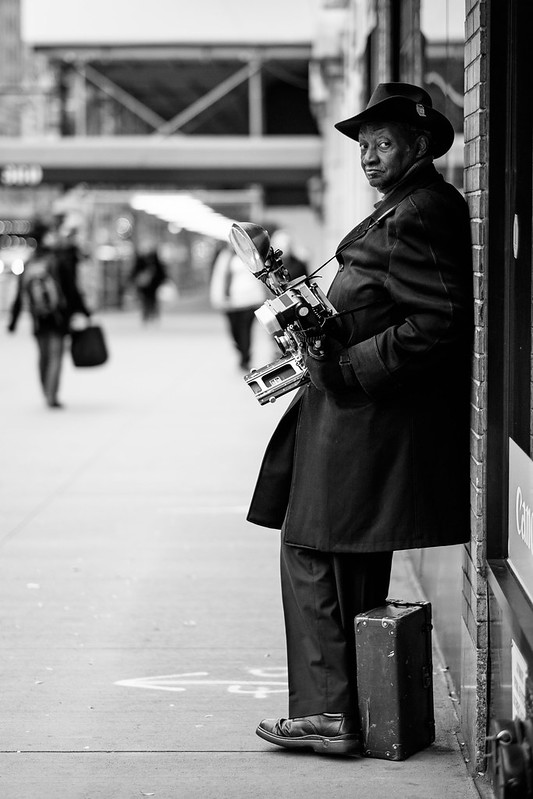
Furthermore, I want to create. But how do you create something using real life? Once I direct a subject, or manipulate a scene, aren’t I manufacturing reality and creating something that wasn’t there naturally? How the hell do I interpret a real emotion or moment and make something out of it without betraying the authenticity of the medium?
I just don’t know.
But I’ve got to ask myself, do I even care about the authenticity of the medium in that way anymore?
I do care about capturing life. I do care about making art. So I began focusing heavily on something else while looking for answers.
I found a group of artists from all walks of life, both amateur and professional, who attend drawing from life sessions at different locations in the area every week. I tried doing something I’d never done before – Drawing live models. The focus on drawing a timed sketch of a human is not on the exact realistic representation of the model. It’s about the gesture. It’s about the body language. The essence of the subject is more important than anything else.
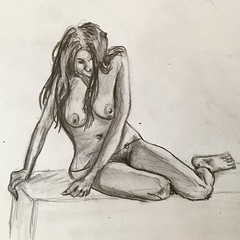
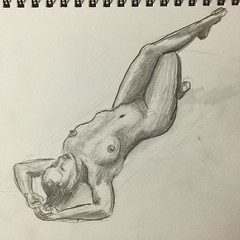
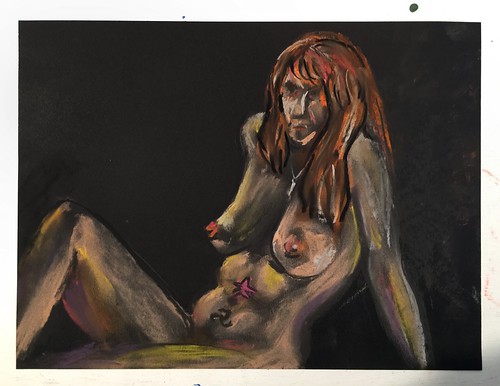
Like photography, technique comes into play. There are also tools of the trade (although pencils and paper are pretty accessible in comparison to lenses and lights). I do find myself “geeking out” over a brand of pencils or a type of paper. It’s part of who I am. Give me too many pencils and I’ll stress out over which thickness is best for whatever I’m drawing. It’s just like packing too many lenses for a job. I make better work when I limit myself (I hope that sinks in one day). The gear is all a noisy distraction.
I also started to practice drawing from photos again. When there’s more time to draw, I find that the muscle memory of drawing gesture from a live model is taking over first. Once I realize that I have time to relax, I’m able to focus on the technique again. The more I practice both drawing live models and from reference photos, the better I’ll be equipped to capture both gesture and accuracy without even thinking about it.
Here’s a pastel drawing I recently made from a reference photo:

This is a piece I made for my wife using a photo I took years ago as a reference:
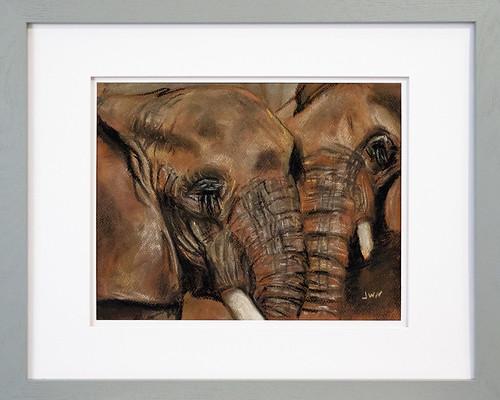
So, what does this all mean?
What I’m looking to create photographically and through drawing and painting is starting to come a little more into focus for me.
I know I want authenticity, but not technical authenticity.
I want emotional authenticity.
But how do I achieve that? I guess the simplest way is for me to believe it first. I have to believe the image. If I know I’m not being genuine, then chances are everyone else knows too. I’m a terrible liar anyway. The challenge is to take that authentic gesture, or emotion, or general essence of whatever I’m trying to capture and use my technical skill to push the envelope. I need to marry the real with the surreal but not force it.
So while all of this is swimming in my head and weighing on my heart, I happened to catch a very inspiring talk at The Citadel last night by an artist and gallery owner named Robert Lange.
As he told his story and talked about his craft, I was mesmerized. Here’s a guy who’s clearly gone through all of this shit already and is still struggling with identifying himself to himself. I know it’s not necessarily news to most people that artists don’t tend to settle, but the honesty he used in conveying that was enlightening.
He reflected on his college years and how he worked harder than anyone in his classes – Staying up all hours working on his paintings and making work that looked exactly like his subjects, and when it was time for a critique from working artists, they all told him that art wasn’t for him. They said he lacked soul in his work. So, feeling dejected, he decided make paintings of his puppy and his fiancée because he genuinely loved them and they made him feel good about life. Lo and behold, when the artists saw these new paintings, they praised his work. They could see his passion through his brush strokes – He just needed to paint what he truly cared about.
He showed us the different bodies of work that he’s created, and his natural progression of creativity covers 15 years of artwork. 15 years is a long time, but it’s also a blink of an eye. It’s easy to download a band’s whole catalog of music, or see an artists whole portfolio of work and get discouraged. We get this instant gratification but lose the sense of time that went into creating that work. We immediately think “I’m nowhere near as talented as that guy” and put down our camera/guitar/paint brush in disgust.
There’s something missing in conveying that time in the creative world. The journey is just as important, if not more important than the work for an artist. In the end though, the work is what lives on. It’s sad until I think of the current popular culture of people being famous for being famous. When they die, there’s no work to show for their fame so their fame dies with them.
During Robert’s talk, he mentioned that photographers should take as many portraits of strangers as possible. He does that to capture people off guard and being themselves. If he uses their portrait to create a painting, he sends them a print of that painting. They have no idea that he’s going to do that either, so there’s no pretense to it for them – I imagine that they’re just signing what amounts to being a photo release and then months later a print of a stunning piece of artwork shows up at their door.
After his talk, I ran to my car and grabbed my camera. I decided as the talk came to a close that I would take his portrait. Who knows, maybe I’ll make a painting of it one day…

So, what exactly is it that I’m transitioning my creative focus to?
I’ll let you know when I find out.
Until then, I’m going to enjoy capturing the search.
Thanks for reading.
-Joe
